NURI’S SECOND LAUNCH
입력 2022.04.26 (15:03)
수정 2022.04.26 (16:45)
읽어주기 기능은 크롬기반의
브라우저에서만 사용하실 수 있습니다.
[Anchor Lead]
Last year’s launch of the homegrown space rocket Nuri was only half a success. Although it reached an altitude of 700 kilometers, it failed to put the dummy satellite into orbit, with its last engine stopping earlier than scheduled. Its second flight is slated for June 15, just 50 days away.
[Pkg]
The assembly building at the Naro Space Center in Goheung, Jeollanam-do Province. Final tests on Nuri are in full swing.
[Soundbite] Goh Jeong-hwa(Korea Aerospace Research Institute) : "Do you hear the sound of something blasting? It is the sound from testing various valves installed in the rocket."
The assembly of each stage is complete and the repair of the third-stage rocket, which was the cause of the failure in the previous launch, is done. Nuri has gone through many trials, but its success cannot be fully guaranteed.
[Soundbite] Goh Jeong-hwan(Korea Aerospace Research Institute) : "A launch vehicle commonly becomes a failure if only one of 100 parts goes wrong. So we need to make thorough preparations."
The remaining process is to assemble the three parts into one launch vehicle and load a satellite onto it. This is a performance verification satellite to be loaded onto Nuri. It weighs 180 kilograms and is equipped with homegrown self-heating batteries and antennas as well as a posture controller. It will also carry four cube observation satellites developed by local universities. If Nuri launches successfully, the performance verification satellite will be separated from the cube satellites at an altitude of 700 kilometers and go around the earth for two years.
[Soundbite] Han Sang-hyun(Asia Pacific Satellite) : "The first goal is to verify how precisely the launch vehicle will separate from the satellite. Next is to check if the payload, developed through a key aerospace technology project, can operate as designed."
Everything from the launch vehicle to satellites were developed with domestic technologies. Scientists expect a successful launch of the rocket will open up a new chapter in the history of the nation’s aerospace industry.
Last year’s launch of the homegrown space rocket Nuri was only half a success. Although it reached an altitude of 700 kilometers, it failed to put the dummy satellite into orbit, with its last engine stopping earlier than scheduled. Its second flight is slated for June 15, just 50 days away.
[Pkg]
The assembly building at the Naro Space Center in Goheung, Jeollanam-do Province. Final tests on Nuri are in full swing.
[Soundbite] Goh Jeong-hwa(Korea Aerospace Research Institute) : "Do you hear the sound of something blasting? It is the sound from testing various valves installed in the rocket."
The assembly of each stage is complete and the repair of the third-stage rocket, which was the cause of the failure in the previous launch, is done. Nuri has gone through many trials, but its success cannot be fully guaranteed.
[Soundbite] Goh Jeong-hwan(Korea Aerospace Research Institute) : "A launch vehicle commonly becomes a failure if only one of 100 parts goes wrong. So we need to make thorough preparations."
The remaining process is to assemble the three parts into one launch vehicle and load a satellite onto it. This is a performance verification satellite to be loaded onto Nuri. It weighs 180 kilograms and is equipped with homegrown self-heating batteries and antennas as well as a posture controller. It will also carry four cube observation satellites developed by local universities. If Nuri launches successfully, the performance verification satellite will be separated from the cube satellites at an altitude of 700 kilometers and go around the earth for two years.
[Soundbite] Han Sang-hyun(Asia Pacific Satellite) : "The first goal is to verify how precisely the launch vehicle will separate from the satellite. Next is to check if the payload, developed through a key aerospace technology project, can operate as designed."
Everything from the launch vehicle to satellites were developed with domestic technologies. Scientists expect a successful launch of the rocket will open up a new chapter in the history of the nation’s aerospace industry.
■ 제보하기
▷ 카카오톡 : 'KBS제보' 검색, 채널 추가
▷ 전화 : 02-781-1234, 4444
▷ 이메일 : kbs1234@kbs.co.kr
▷ 유튜브, 네이버, 카카오에서도 KBS뉴스를 구독해주세요!
- NURI’S SECOND LAUNCH
-
- 입력 2022-04-26 15:03:08
- 수정2022-04-26 16:45:40
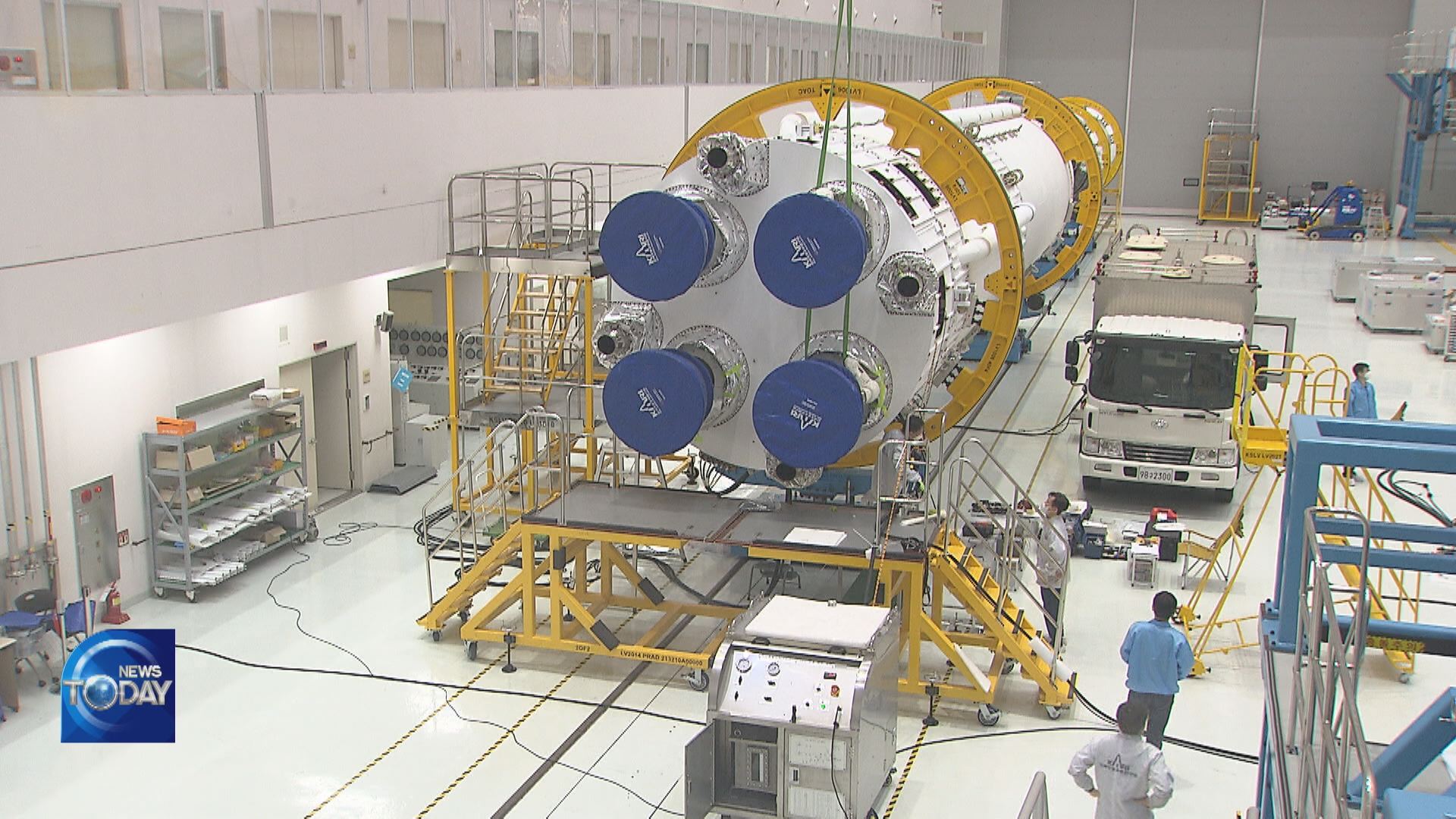
[Anchor Lead]
Last year’s launch of the homegrown space rocket Nuri was only half a success. Although it reached an altitude of 700 kilometers, it failed to put the dummy satellite into orbit, with its last engine stopping earlier than scheduled. Its second flight is slated for June 15, just 50 days away.
[Pkg]
The assembly building at the Naro Space Center in Goheung, Jeollanam-do Province. Final tests on Nuri are in full swing.
[Soundbite] Goh Jeong-hwa(Korea Aerospace Research Institute) : "Do you hear the sound of something blasting? It is the sound from testing various valves installed in the rocket."
The assembly of each stage is complete and the repair of the third-stage rocket, which was the cause of the failure in the previous launch, is done. Nuri has gone through many trials, but its success cannot be fully guaranteed.
[Soundbite] Goh Jeong-hwan(Korea Aerospace Research Institute) : "A launch vehicle commonly becomes a failure if only one of 100 parts goes wrong. So we need to make thorough preparations."
The remaining process is to assemble the three parts into one launch vehicle and load a satellite onto it. This is a performance verification satellite to be loaded onto Nuri. It weighs 180 kilograms and is equipped with homegrown self-heating batteries and antennas as well as a posture controller. It will also carry four cube observation satellites developed by local universities. If Nuri launches successfully, the performance verification satellite will be separated from the cube satellites at an altitude of 700 kilometers and go around the earth for two years.
[Soundbite] Han Sang-hyun(Asia Pacific Satellite) : "The first goal is to verify how precisely the launch vehicle will separate from the satellite. Next is to check if the payload, developed through a key aerospace technology project, can operate as designed."
Everything from the launch vehicle to satellites were developed with domestic technologies. Scientists expect a successful launch of the rocket will open up a new chapter in the history of the nation’s aerospace industry.
Last year’s launch of the homegrown space rocket Nuri was only half a success. Although it reached an altitude of 700 kilometers, it failed to put the dummy satellite into orbit, with its last engine stopping earlier than scheduled. Its second flight is slated for June 15, just 50 days away.
[Pkg]
The assembly building at the Naro Space Center in Goheung, Jeollanam-do Province. Final tests on Nuri are in full swing.
[Soundbite] Goh Jeong-hwa(Korea Aerospace Research Institute) : "Do you hear the sound of something blasting? It is the sound from testing various valves installed in the rocket."
The assembly of each stage is complete and the repair of the third-stage rocket, which was the cause of the failure in the previous launch, is done. Nuri has gone through many trials, but its success cannot be fully guaranteed.
[Soundbite] Goh Jeong-hwan(Korea Aerospace Research Institute) : "A launch vehicle commonly becomes a failure if only one of 100 parts goes wrong. So we need to make thorough preparations."
The remaining process is to assemble the three parts into one launch vehicle and load a satellite onto it. This is a performance verification satellite to be loaded onto Nuri. It weighs 180 kilograms and is equipped with homegrown self-heating batteries and antennas as well as a posture controller. It will also carry four cube observation satellites developed by local universities. If Nuri launches successfully, the performance verification satellite will be separated from the cube satellites at an altitude of 700 kilometers and go around the earth for two years.
[Soundbite] Han Sang-hyun(Asia Pacific Satellite) : "The first goal is to verify how precisely the launch vehicle will separate from the satellite. Next is to check if the payload, developed through a key aerospace technology project, can operate as designed."
Everything from the launch vehicle to satellites were developed with domestic technologies. Scientists expect a successful launch of the rocket will open up a new chapter in the history of the nation’s aerospace industry.
이 기사가 좋으셨다면
-
좋아요
0
-
응원해요
0
-
후속 원해요
0











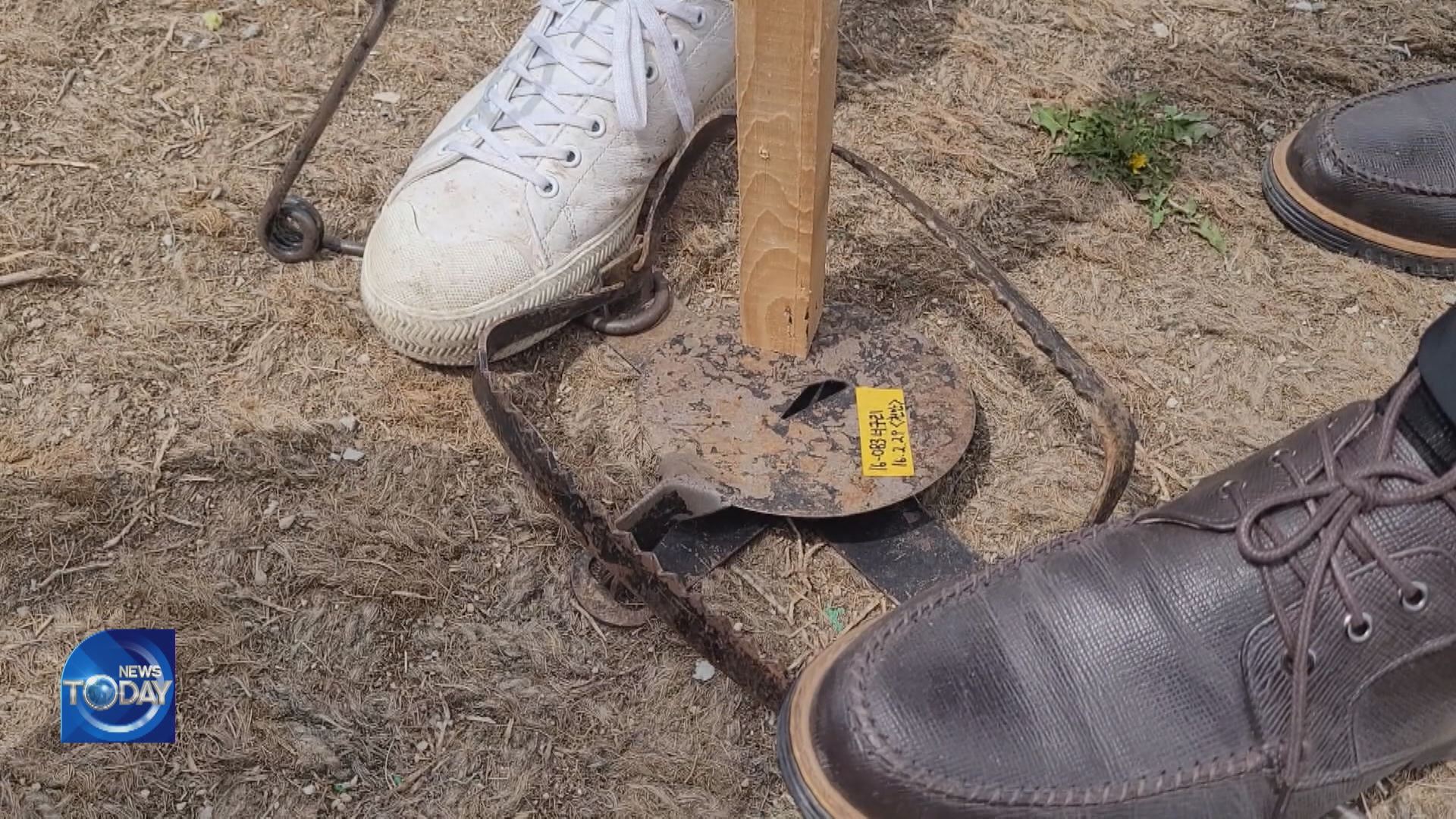
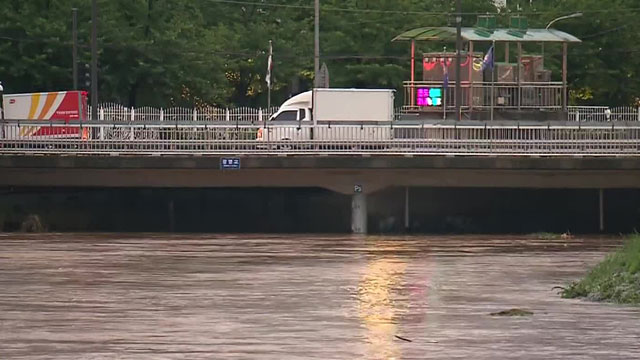
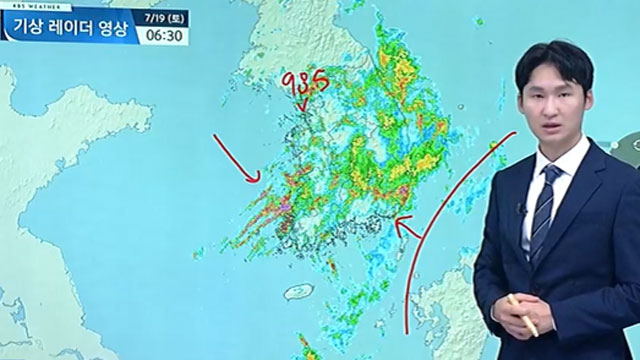
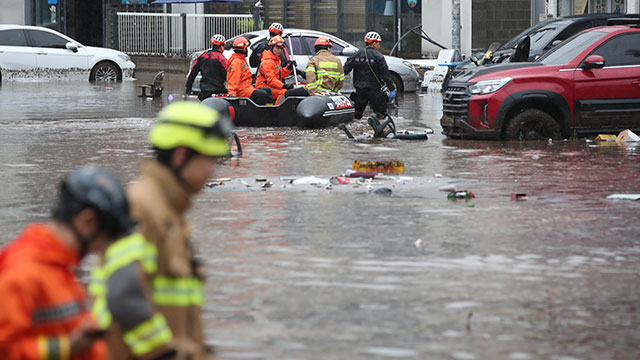
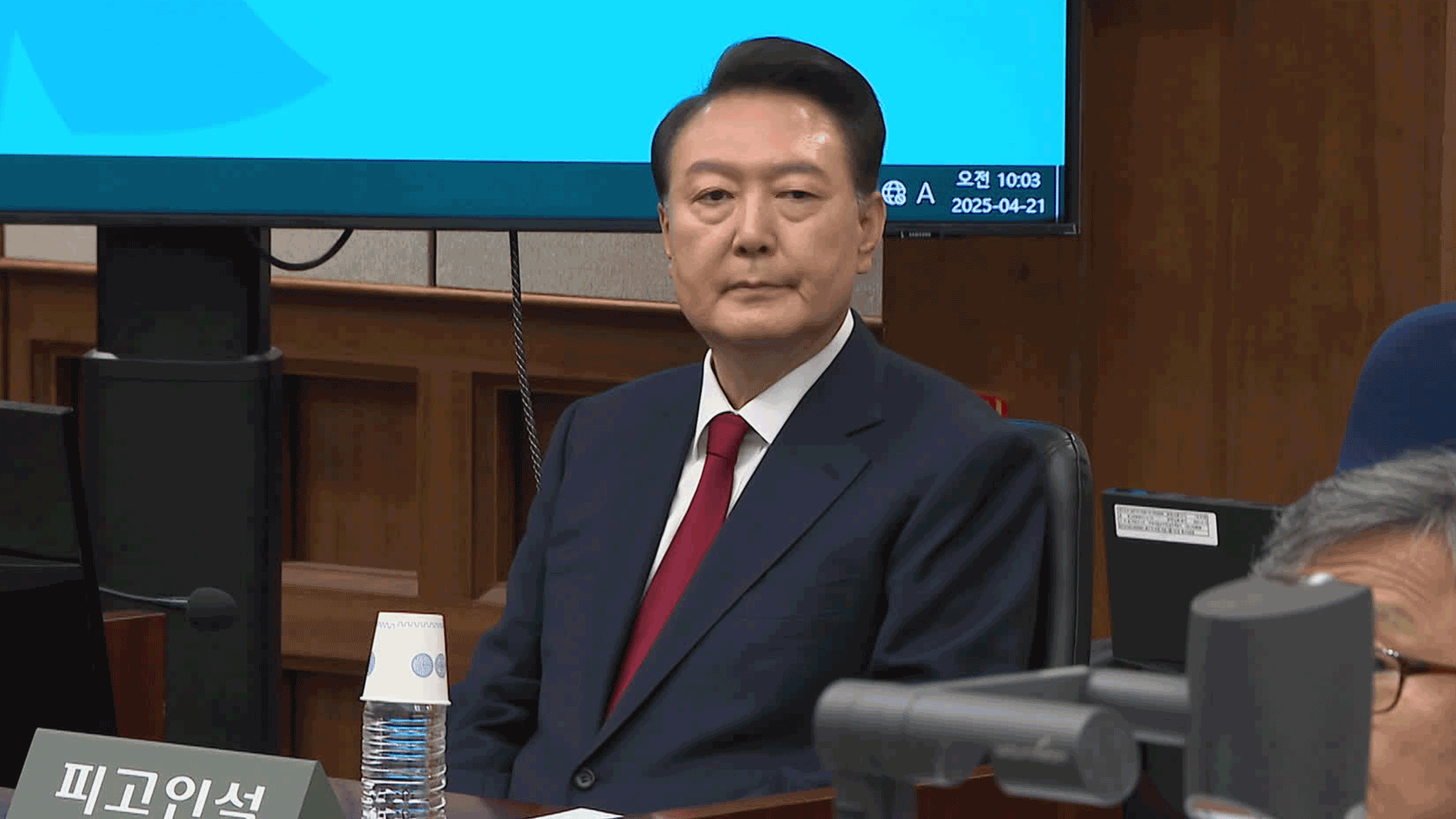

이 기사에 대한 의견을 남겨주세요.